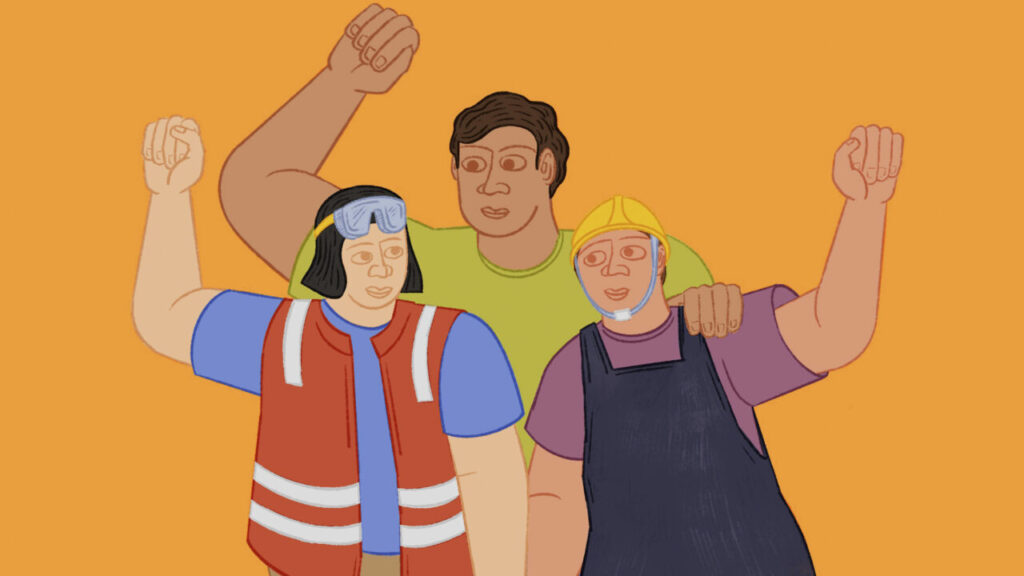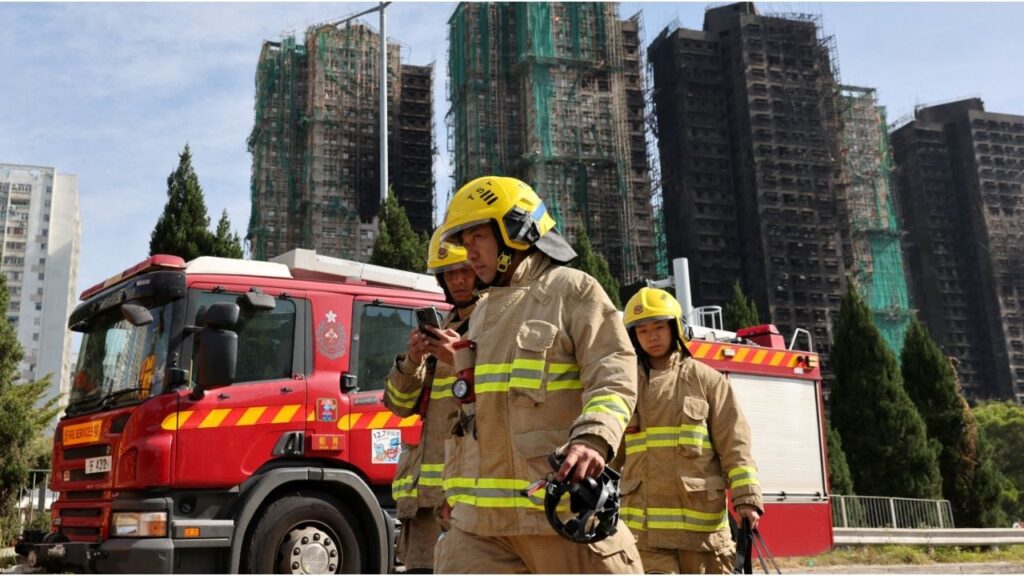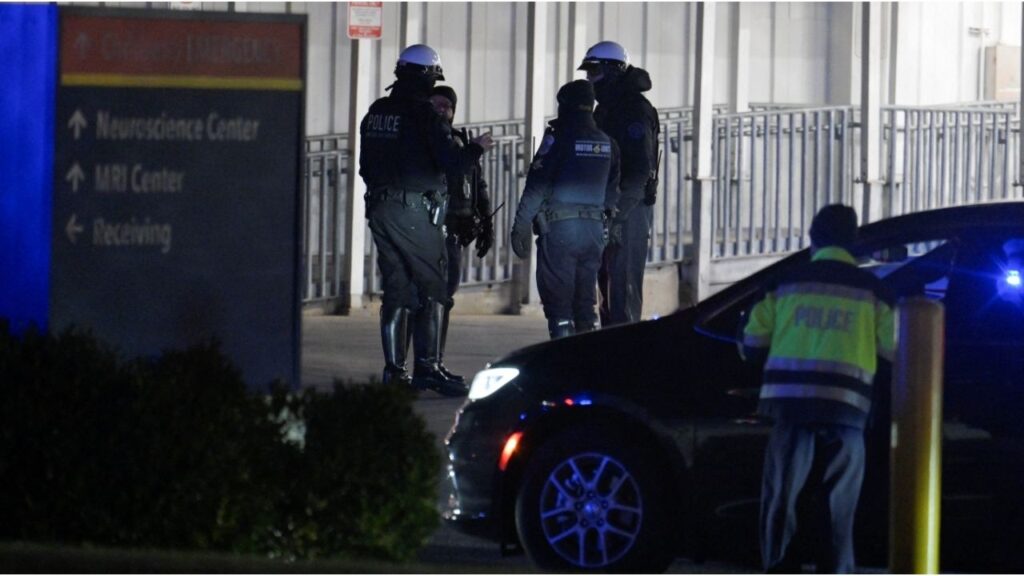Share
After a nearly 4-hour back and forth debate, the Bay Area’s Metropolitan Transportation Commission voted 12 to 1 to mandate large employers have at least 60 percent of their employees telecommute on any given work day.
Staff will now do more analysis on the plan and report back on forecasted outcomes by the end of the year before final adoption.
At least two commissioners were concerned the mandate was too broad, while members of the public said it would drive people away from the already expensive Bay Area. One caller stated, “What’s to stop someone from using the Bay Area for their job, but being able to reside in another state, or India for that matter?”
Member Nick Josefowitz was concerned the new mandate would hurt downtown San Francisco. “Downtown relies on workers coming in to spur the economy,” Josefowitz said during the meeting. “This will also disincentivize companies from coming here.”
Despite the opposition, a majority of the board said enough time had been put into the plan that any changes could adversely delay what’s been dubbed the PlanBayArea Blueprint. It’s part of a 9-county bay area plan to combat greenhouse gases over the next 30 years.

“I’m not willing to not have a telecommute option in this proposal.”–Oakland Mayor Libby Schaaf
Support From Oakland Mayor
Oakland Mayor Libby Schaaf, the city’s MTC representative, joined the meeting to say beating back climate change with the telework mandate was more important than any possible business profits it could hurt.
“I’m not willing to not have a telecommute option in this proposal,” said Schaaf.
Concerned About Roommate Situation
Josefowitz was also concerned about the amount of people that have to live in many of the apartments in the city and how they’d navigate the 60% telework mandate. “Many people live with multiple roommates and it’s just not possible for everyone to have enough space to do their work,” said Josefowitz.
He also brought up an example of someone in San Francisco who may walk to work and doesn’t even own a car. “Wouldn’t it be better to instead impose caps on trips taken by car to get the greenhouse gas reductions we’re talking about?” asked Josefowitz.
At the end of the meeting, commission members did agree to try to address some of Josefowitz’ concerns before their next meeting in December.
Plan Bay Area 2050
According to the Plan Bay Area website, the goal is a blueprint “towards the adopted Vision of a more affordable, connected, diverse, healthy and vibrant Bay Area for all.”
Highlights of the plan include:
- Improving Affordability for All: The Draft Blueprint reduces the cost burden for housing and transportation, with even greater reductions for low-income residents.
- Expanding Housing Opportunities: The Draft Blueprint integrates investments to build more than 400,000 new permanently-affordable homes.
- Focusing Growth in Walkable Places: The Draft Blueprint focuses the majority of new homes and new jobs in walkable communities with frequent transit services.
- Saving Lives and Protecting Communities: In addition to saving more than 1,500 lives from roadway crashes through 2050, the Draft Blueprint also protects 98 percent of housing units at risk of sea level rise inundation through the year 2050 with new resilient infrastructure.
- Positioning the Region for Robust Economic Growth: Despite over $200 billion in new taxes in the decades ahead to pay for the bold strategies approved in February 2020, Bay Area businesses are forecasted to rebound robustly.



















